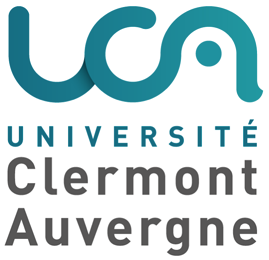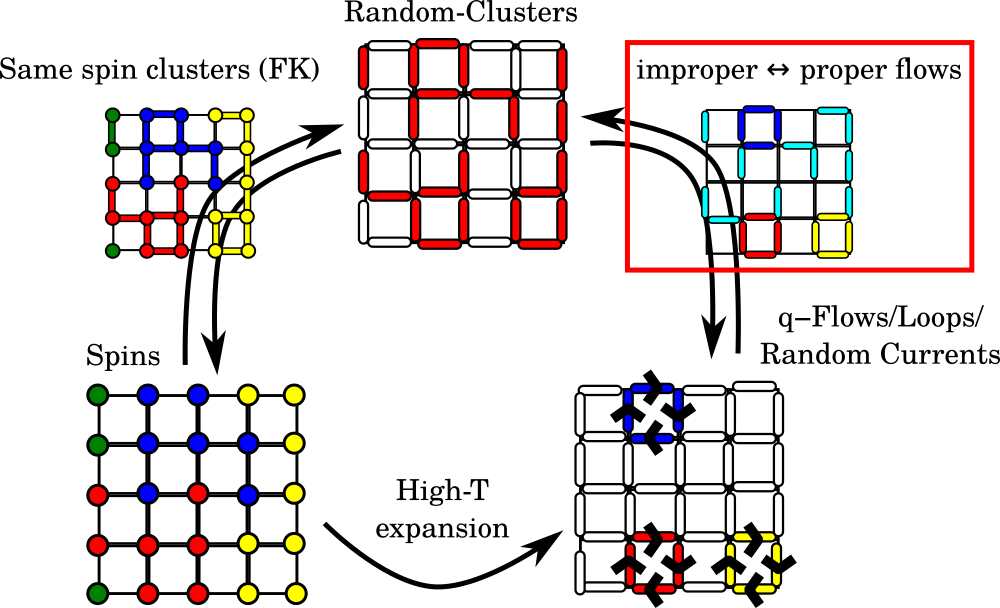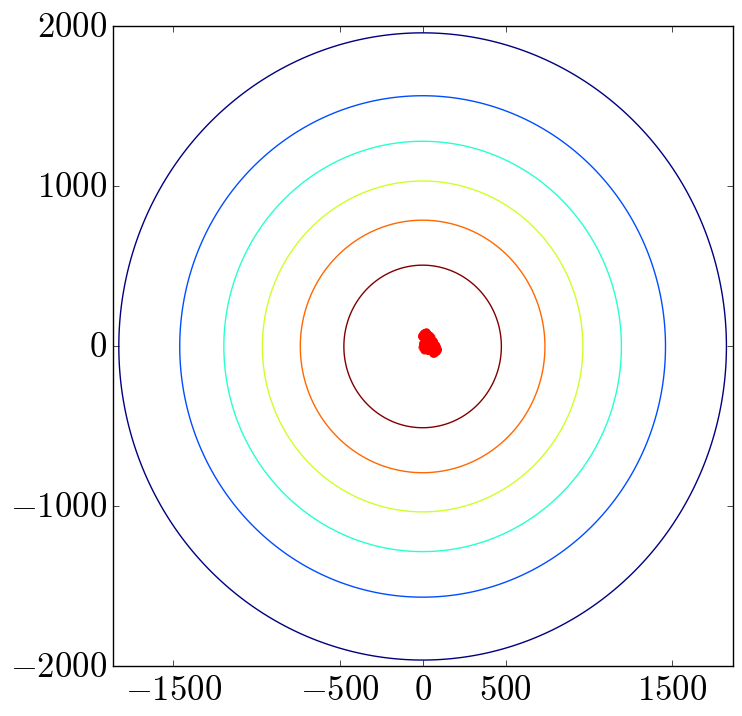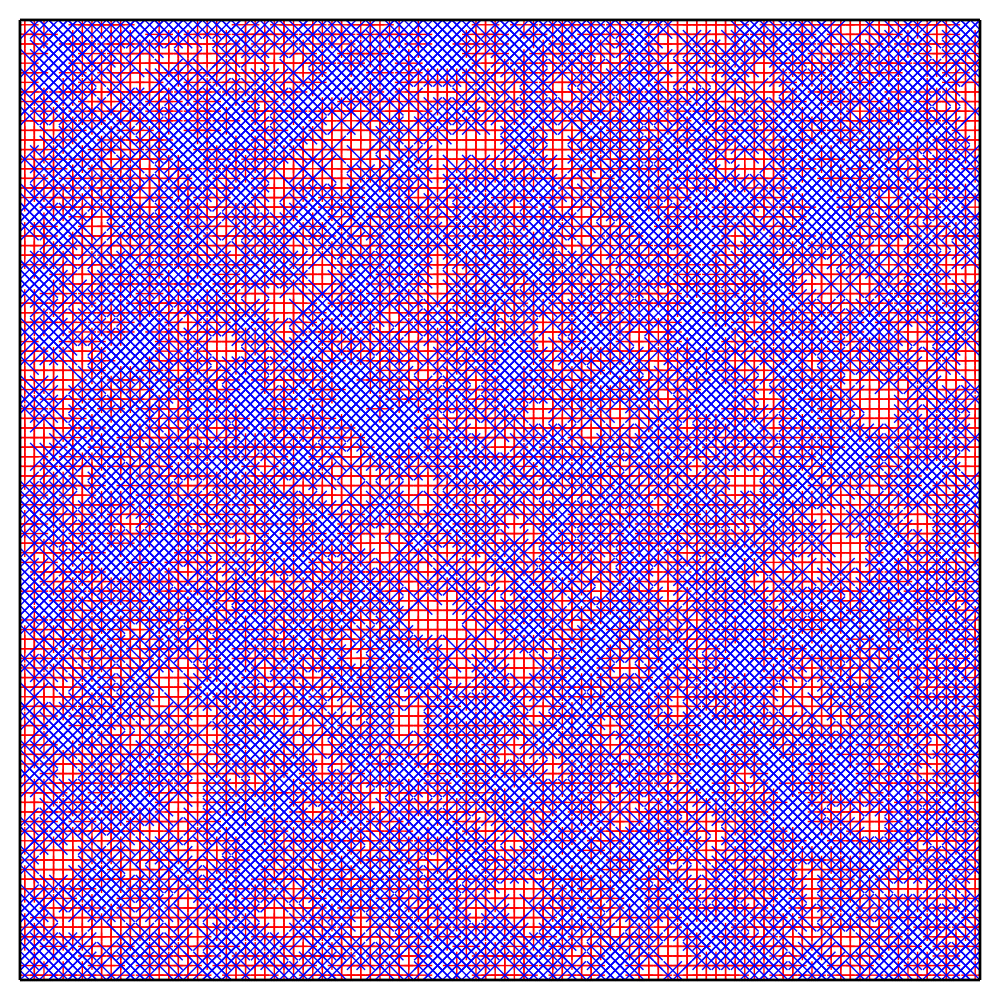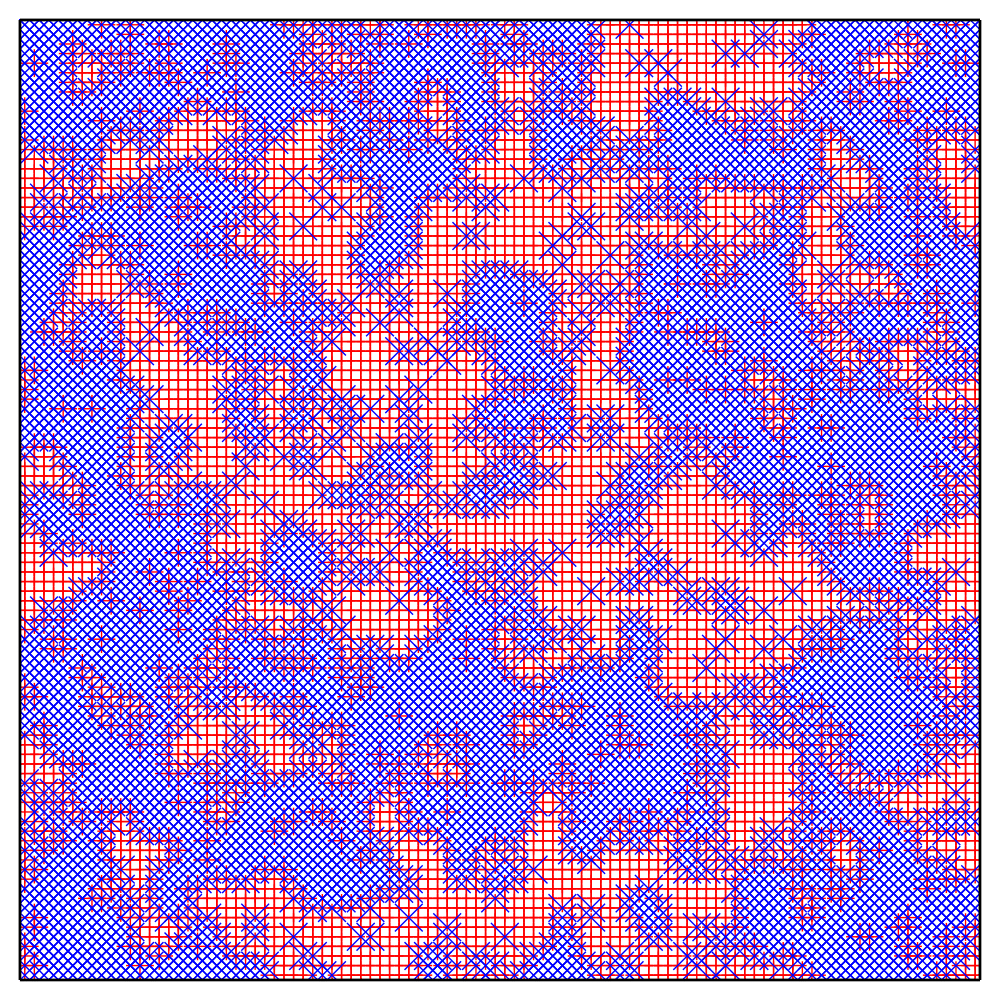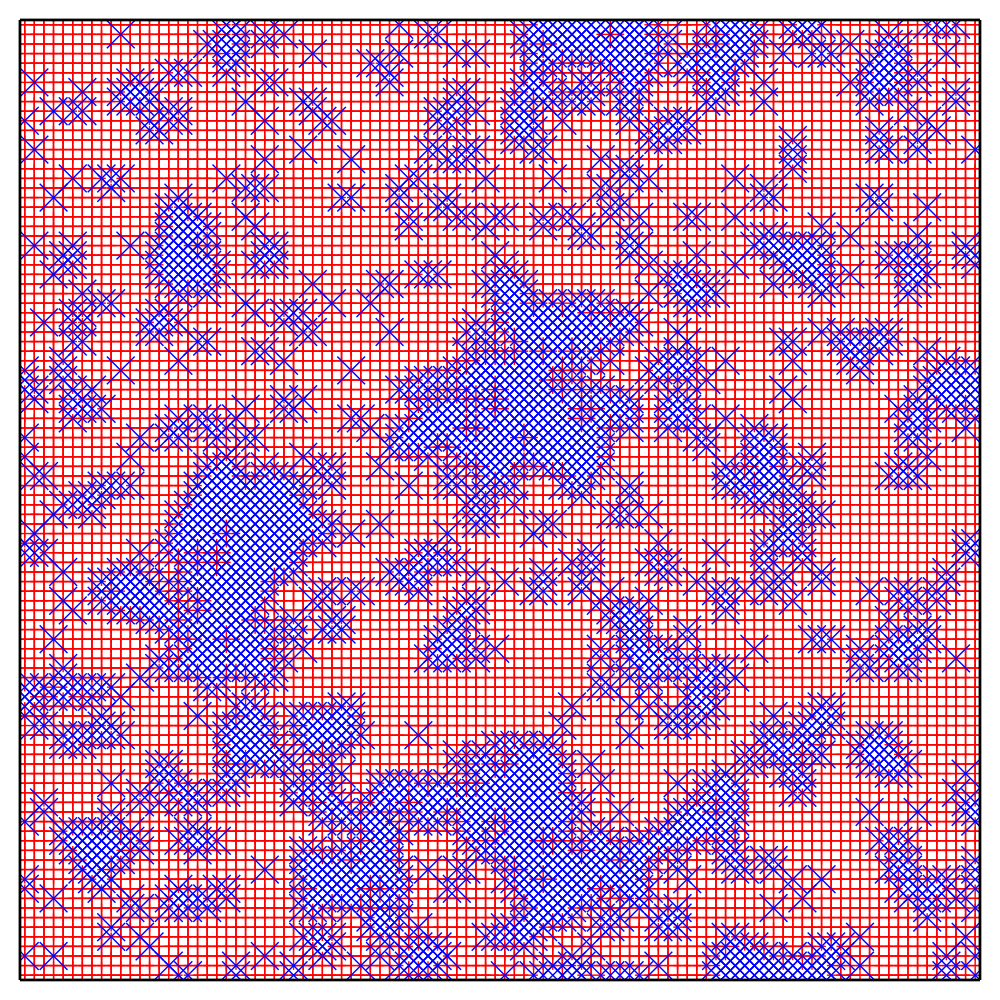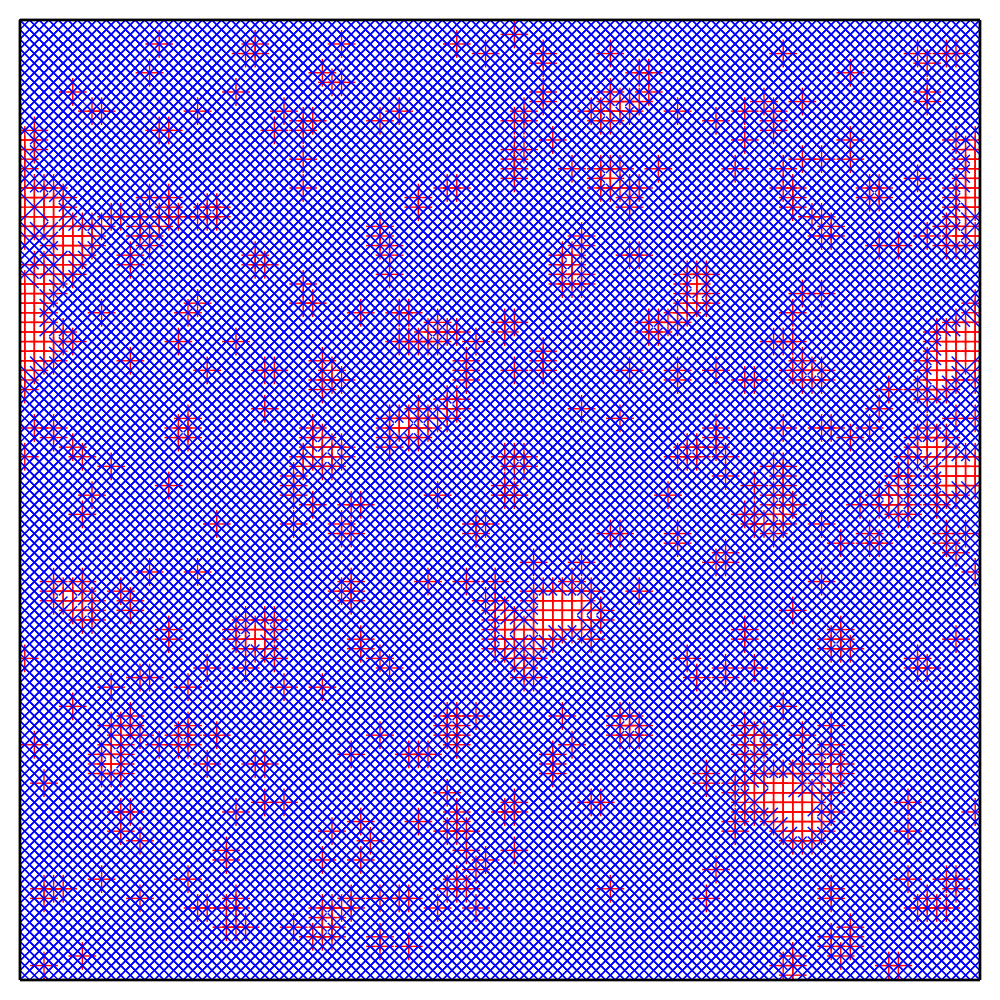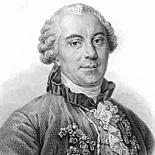Manon MICHELI am a CNRS researcher (CR) at the LMBP (Laboratoire de Mathématiques Blaise Pascal - UMR 6620) at Université Clermont - Auvergne (France) in the Probability, Analysis and Statistics team. My research lies at the intersection of theoretical physics and mathematics. It covers a broad thematic spectrum, ranging from the study of stochastic dynamics to statistical mechanics, while also developing new algorithms in sampling and learning. The research themes I address can be grouped as follows:
You can find an up-to-date list of my publications on Hal or Google Scholar. |
|
|
News |
|
|
Projects |
|
|
Gallery
Research works |
|
|
|
|
|
|
Some historical simulations |
|
|
|
|
